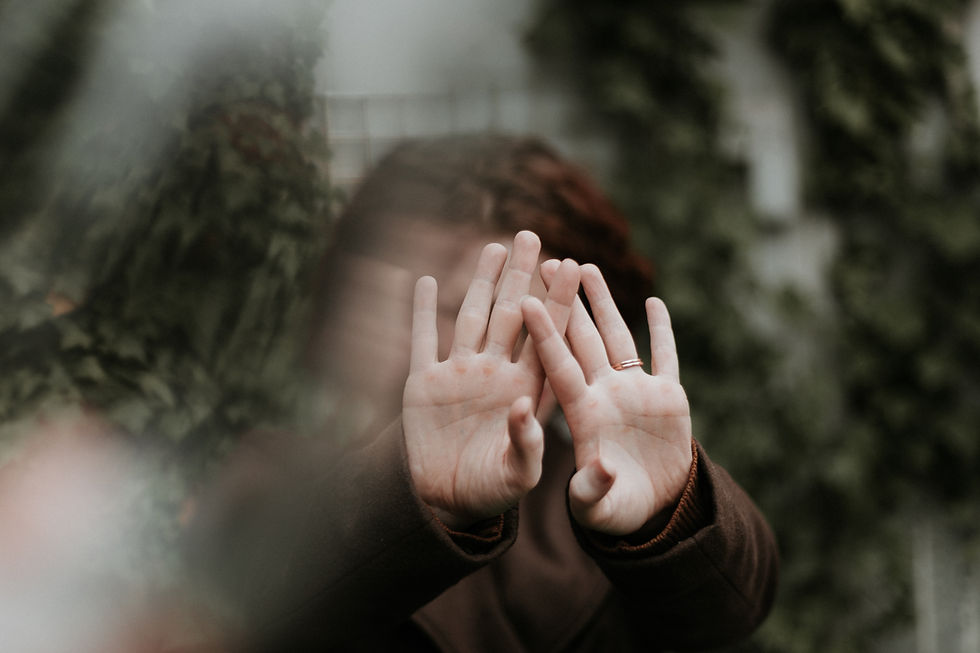Growing Jalapeño Peppers
- Shidonna Raven

- Jun 11, 2022
- 4 min read
Editors of Almanac
Source: Almanac
Photo / Image Source: Phillip Larking
Botanical Name Capsicum annuum Plant Type Vegetable Sun Exposure Full Sun Soil pH Slightly Acidic to Neutral Bloom Time Summer Flower Color White Hot peppers, including jalapeños, are tropical natives and are a crop well suited to hot weather. Learn how to plant, grow, and harvest jalapeño peppers in your garden!
About Jalapeño Peppers The jalapeño is the most popular chili pepper in North America. This pepper produces deep-green 3-inch fruit that mature to a bright red.
On the Scoville heat scale, the jalapeño is rated 2,500 to 5,000 units—a “medium-hot” pepper.
PLANTING Plant jalapeños in your sunniest location or grow these compact plants in containers placed in full sun. They like a lot of sun and heat!
Soil should be well-draining and rich in organic matter. A couple weeks before transplanting jalapeños into the garden, mix aged compost into your garden soil. Read more about preparing soil for planting. Avoid planting jalapeño peppers in places where you’ve recently grown other members of the nightshade family—such as tomatoes, potatoes, or eggplants—as this can expose peppers to shared diseases.
When to Plant Jalapeño Peppers
Start seeds indoors 8-10 weeks before your last spring frost date.
Don’t plant your jalapeños outside until all danger of frost has passed and both soil temperatures and nighttime temperatures are at least 60°F (15°C).
How to Plant Jalapeño Peppers
Sow seeds ¼ inch deep in seed trays or individual containers filled with seed-starting mix. We like to sow at least two seeds per pot to increase the chance of having at least one viable seedling.
Ideally, the soil temperature should be at least 70°F (21°C) for best seed germination, so keep the seed tray or pots in a warm area or use a heat pad.
Begin to harden off jalapeño seedlings about 10 days before transplanting outdoors.
Once soil and nighttime temperatures reach at least 60°F (15°C), transplant seedlings outdoors, spacing them 14 to 24 inches apart.
In cold regions, you can use black plastic mulch to warm the soil prior to planting.
Water deeply at the time of planting.
GROWING
Don’t overwater. Let the top inch or two of soil dry out before watering again.
Jalapeños grow best when daytime temperatures are 65-85°F (18-29°C) and nighttime temps are 60-70°F (15-21°C).
When the plants start to blossom, fertilize by spreading compost, well-rotted manure, or fish fertilizer around the base of the plant.
Tall varieties—and those that bear a lot of peppers—will need some support. Bamboo sticks or small tomato cages work well.
Weed carefully around young plants to avoid disturbing roots.
In warmer regions, use shredded leaves, straw, or grass clippings to keep the soil moist and cool during blistering hot weather.
Overwintering Plants
Bring container grown jalapeño plants indoors at the end of the season. Place the container in a sunny spot and, with luck, you’ll get more peppers on the plant.
RECOMMENDED VARIETIES
‘Señorita’ grows to nearly 2 feet high. This pepper is very hot.
‘Sierra Fuego’ produces a large amount of peppers per plant. The peppers are 3.5 inches long and are mildly hot.
‘Mucho Nacho’ is a fast maturing, large plant. It reaches full maturity in a little over 2 months. The peppers are large, but not very hot.
HARVESTING
Mature red peppers tend to be the hottest, so resist the urge to pick them before they are ripe. However, the skin of the pepper may grow leathery over time, so harvest when peppers are green if you prefer that classic jalapeño snap.
Use a sharp knife or pruning shares to cut peppers, leaving a short stem attached to the pepper. Do not pull them off the plant, as this can damage the plant.
How to Store Jalapeño Peppers
Fresh peppers with a short stem will store longer.
Store unwashed jalapeños in a loosely closed plastic bag in the refrigerator.
Drying peppers is another way to store them. Dry the jalapeño peppers and keep them in a dark cool place. Usually, this is done by either air- or oven-drying:
Air-Drying Peppers
Wash and dry the peppers. Place on a tray or wire rack in a well ventilated room or put outdoors on dry sunny days.
You can also string the jalapeño peppers on a heavy thread and hang to dry. Space the peppers a few inches apart and hang in direct sunlight.
It will take a couple of weeks for the peppers to dry with this method.
Oven-Drying Peppers
Wash and dry the jalapeños. Cut in half and place on a baking sheet. Bake at low heat (100° to 130°F), turning the peppers occasionally. It may take several hours before the jalapeños are dry.
WIT AND WISDOM
Many people swear by placing match heads in the planting hole to add sulfur.
The jalapeño pepper is named for the town of Jalapa in Mexico.
Chipotles are mature jalapeños which have been smoked and much of their moisture removed.
Jalapeños seeds are called “picante” and are used as a spice. Flower Drop
Under extremely hot sun, jalapeño peppers may drop their flowers.
Too much sun may also cause sunscald on the pepper fruits themselves. The fruit won’t fully develop or may get tannish spots. (This is essentially a sunburn!)
Protect the plants with a sun shade or move the peppers into a cooler spot if they are in containers.
What will you grow this season? Why? Which garden zone are you in?
Share the wealth of health with your friends and family by sharing this article with 3 people today.
If this article was helpful to you, donate to the Shidonna Raven Garden and Cook E-Magazine Today. Thank you in advance.






Comments